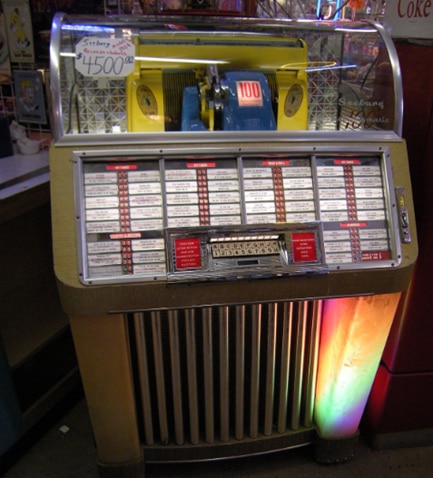Offline Memory Technology
Part 1: Memory Hierarchy
By Baptiste Bouix
When working in the electronic industry, sometimes we have to look at the bigger picture to avoid losing sight. After starting my career in integrated circuits manufacturing R&D, I ended up working on electromechanical components development for signal chains applications. A change of scale, of role, of place in the industry. This sparked my interest in the technological implications of my work. So I thought, why not share my knowledge with you?
Let us get started: first, we go back to high-school technology class. As you probably know, in system architecture memory exists in different forms.
Primary Storage (or Main Memory): The short-term memory for the working data the Processing Unit is using now. The closest memory to the Processing Unit is cache memory and registers, directly embedded on the chip, but the widest known Main Memory is the Random Access Memory (RAM), accessed through the memory bus. High-speed board-to-boards connectors are sometimes used to this effect.
Secondary Storage (or External memory): The long-term memory stores a thousand times more than the primary memory, but is only accessible by the processing unit by I/O channels, like SATA, PCIe or IDE protocols. Hard-disk drives or solid-state drives generally fulfil this function.
Offline Storage: Removable memory. It uses a medium to store information that can be transported across systems, stored safely, or replaced easily inside a system. If the Offline Storage has a mechanical access to automatically load a medium in the system, we call it Tertiary Storage.

Figure 1 : Tertiary storage system : the Jukebox uses a mechanical arm to grab disks and play them
Primary Storage is used for the working data the main processing unit is computing. Secondary and offline storage are used to store the programs and files away from Primary Storage when they are not loaded.
Primary storage can be volatile, which means that data is lost when the device is powered off, and has to be very fast. Primary storage also requires a way to directly address the bits of data one by one. Primary storage also needs to be rewritable infinitely.
Secondary and Offline storage can be much slower and be accessed in bulk, but they cannot be volatile. However, their lifetime may not be infinite. They can or cannot be rewritable, and for the ones that are rewritable, the number of write/erase cycles may also be limited.
Designing a system will often include various trade-off in terms of embedded Primary Memory and Secondary Memory. However, Offline Memory can be used to make-up for the lack of the second.
In this series of articles, I am going to review the different external memory technologies, from antiques that belong to a museum to recent evolutions. The focus will be on off-line technology, and by the end of the series, especially memory card connectors.
Stay plugged !
Part 2: Mechanical and Optical Storage

